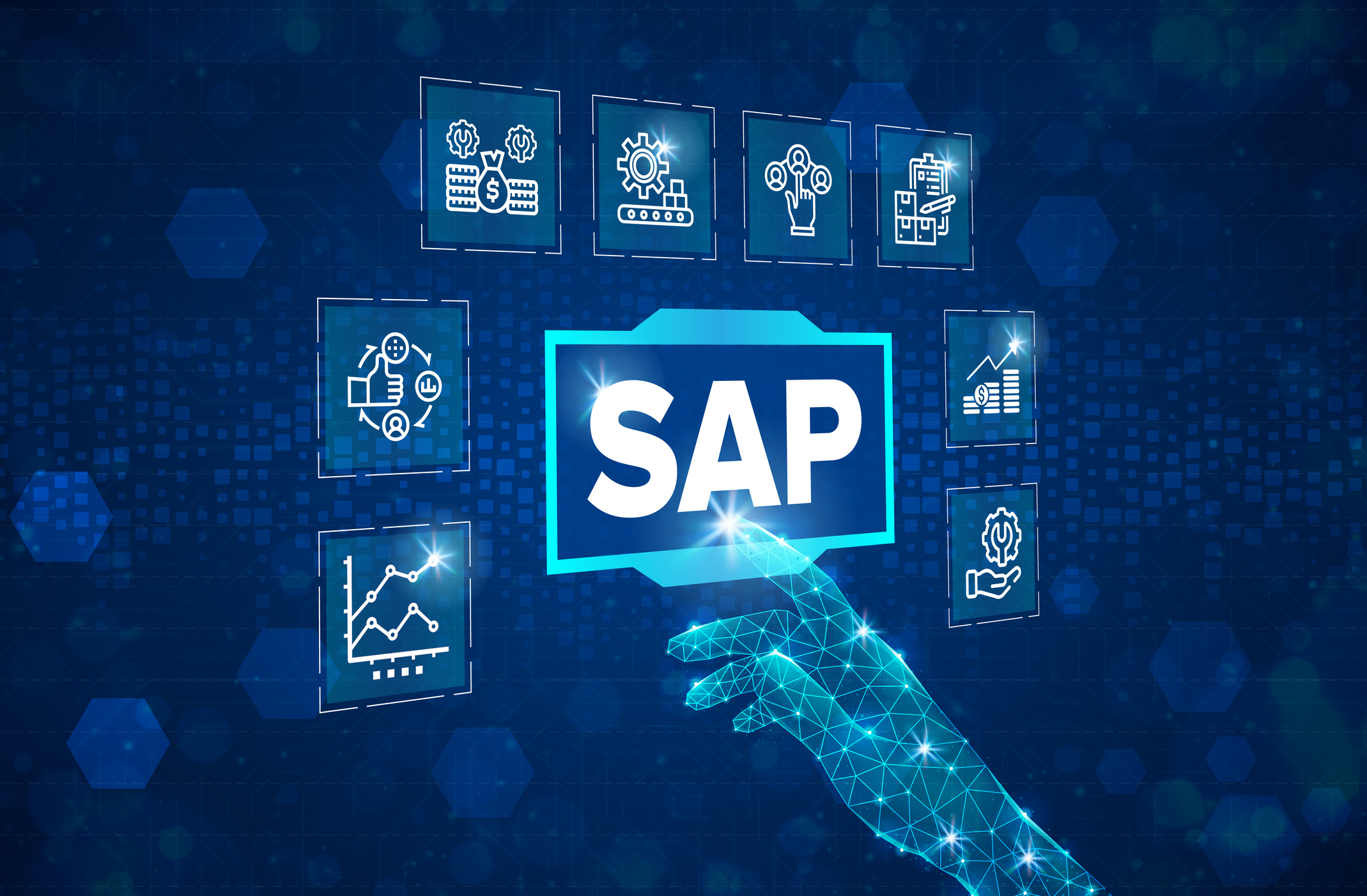Home » SAP HANA On-Premise Migration: Best Practices and Considerations
SAP HANA On-Premise Migration: Best Practices and Considerations
By vVolve

If you’re reading this article, chances are you’re contemplating migrating your SAP HANA system from an on-premise to a cloud environment. Well, you’ve come to the right place!
SAP HANA is a robust and versatile platform, and migrating it to a cloud enviornment can have various benefits, including –
- Greater control,
- Security, and
- Customization options
However, a successful migration requires careful planning and execution. In this article, we’ll delve into the best practices and considerations for SAP HANA cloud migration to help you make a smooth transition.
1. Assess Your Current Environment
Before diving headfirst into the migration process, it’s crucial to understand your existing SAP HANA landscape. Take stock of your hardware, software, and database versions.
Determine the scope of your migration – which systems, databases, and applications need to be moved from on-premise to cloud?
Knowing your starting point is vital for creating a solid migration plan.
2. Define Clear Objectives
Next, establish clear objectives for your migration. Are you aiming to improve performance, reduce costs, or enhance security and compliance? Defining your goals will guide your decision-making throughout the migration process.
3. Plan Your Infrastructure
Selecting the right hardware and infrastructure is pivotal for a successful cloud migration. Ensure that your chosen infrastructure meets the requirements of SAP HANA.
Consider factors like memory, CPU, storage, and networking capacity. Investing in the right hardware upfront can save you headaches down the road.
4. Backup Your Data
Before you start the migration, back up all your data meticulously. This is non-negotiable. Data loss during migration can lead to severe consequences. Ensure that you have a robust backup and recovery plan in place.
5. Version Compatibility
Verify that your SAP HANA version is compatible with the cloud environment you’re moving to. Sometimes, an upgrade might be necessary, and this should be accounted for in your migration plan.
6. Meticulous Testing
Testing is a crucial phase of any migration project. Conduct comprehensive testing in a sandbox or development environment before moving your production systems. This helps identify and resolve potential issues before they disrupt your operations.
7. Data Migration Strategies
Consider how you’ll transfer your data. Options include using SAP tools like SAP Data Services or third-party solutions. Plan for data extraction, transformation, and loading (ETL) processes to ensure a smooth transition.
8. Security and Compliance
Ensure that your cloud environment complies with all relevant security and compliance standards. Implement robust security measures to protect your data and infrastructure.
9. Monitoring and Optimization
Once your SAP HANA system is on cloud, don’t forget about monitoring and optimization. Regularly monitor performance, apply patches and updates, and fine-tune your system to maximise efficiency.
10. Documentation
Document every step of your migration process. Having comprehensive documentation helps in troubleshooting, future upgrades, and knowledge sharing within your team.
11. Employee Training
Invest in training your IT staff to manage and maintain your SAP HANA environment effectively. Well-trained employees are your best assets for a successful migration.
12. Post-Migration Support
After migration, offer strong post-migration support to address any issues that may arise. Have a dedicated team ready to handle unforeseen challenges.
How vVolve Can Help
Now, you might be wondering, how can vVolve assist in this complex migration journey? Well, vVolve specialises in SAP HANA migration and has a team of experts well-versed in SAP technologies. Here’s how they can make your migration smoother:
- Experience and Knowledge: vVolve brings a wealth of experience in SAP HANA migrations. They understand the intricacies of the platform and can navigate potential pitfalls.
- Efficiency: Efficiency is the name of the game in migrations. vVolve can streamline your migration process, reducing downtime and potential disruptions to your business operations.
- Customised Solutions: vVolve offers tailored solutions to meet your specific migration needs. They take into account your objectives, budget, and existing infrastructure to design a migration plan that works for you.
- Support and Maintenance: Their support doesn’t end with the migration. vVolve can provide ongoing support and maintenance to keep your SAP HANA environment running smoothly.
In Conclusion
Migrating SAP HANA to a cloud environment is a significant undertaking, but with the right plan and support, it can be a rewarding journey.
Remember to assess your current environment, set clear objectives, and carefully plan your infrastructure. Also, test rigorously, prioritise security and compliance, and invest in employee training.
With vVolve’s expertise and efficiency, you can make this migration a success and enjoy the benefits of a cloud-based SAP HANA system that meets your organisation’s needs. Good luck with your migration journey!

